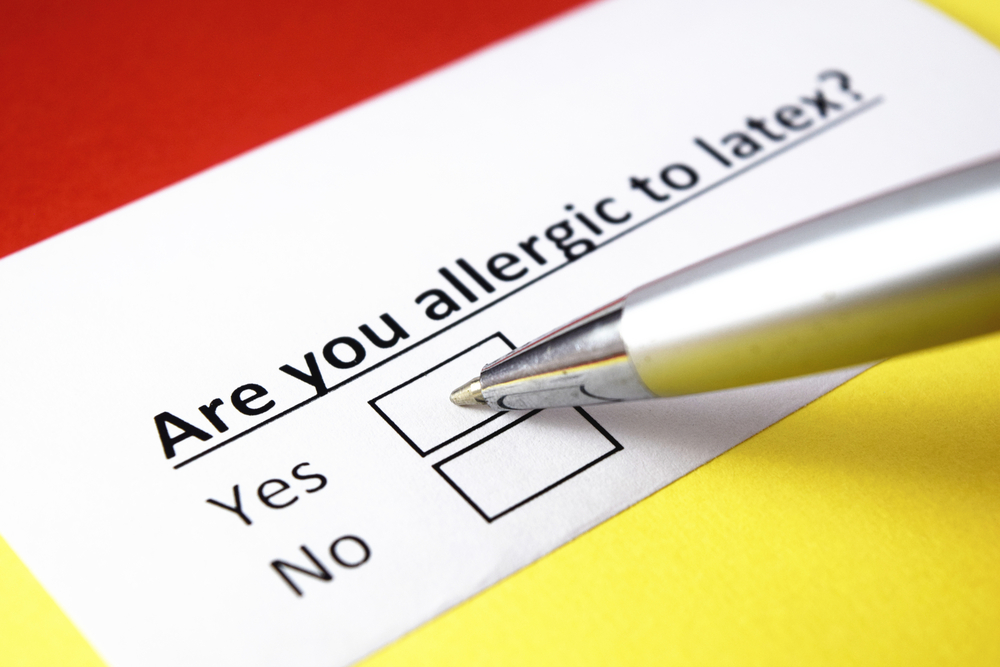Allergy to natural rubber (latex) or latex hypersensitivity is a response to specific proteins found in natural rubber latex, a substance produced from the rubber tree. In case you will have a latex hypersensitivity, your body botches latex as an unsafe substance.
Latex hypersensitivity may cause irritated skin and hives or even anaphylaxis, a possibly life-threatening condition that can cause throat swelling and serious trouble breathing. Your specialist can decide whether you have a latex hypersensitivity or in case you’re in danger of building up a latex sensitivity.
Understanding latex sensitivity and knowing things that contain latex can enable you to avert hypersensitive responses.


